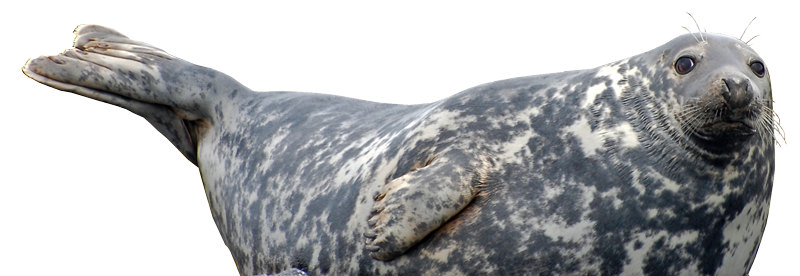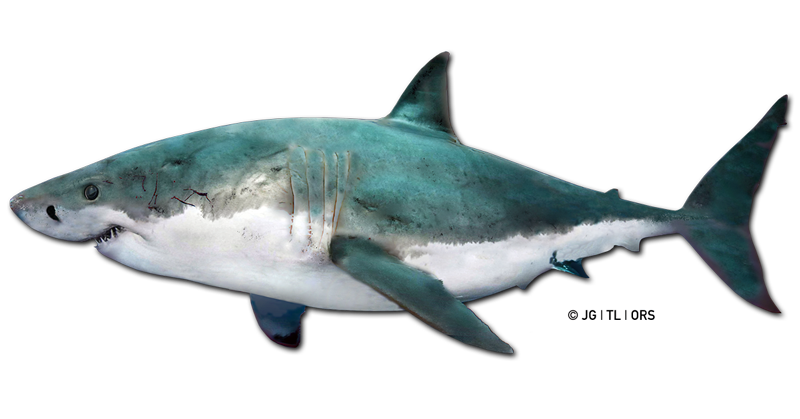CANADIAN SHARK ATTACK https://naac.iem.edu.in/ REGISTRY
https://carguidenation.com/cars-catalytic-converter-stolen/
White shark attacks Innu canoe at Moisie River
| Case number: 3 |
| Date: <1846 |
| Location: Rivière Moisie, Québec |
| Incident type: Attack on boat — Code: PRE |
| Species (Suspected) : White shark (Carcharodon https://www.semanadelpincho.es/ carcharias) |
| Possible cause(s): Feeding area (seals) (Unprovoked) |
| Result: Fatality |
| Status: Discredited |
| Description: Robert M. Ballantyne (1825-1894) tells the story¹ of a shark that stalked and repeatedly attacked an Innu family traveling in a birchbark canoe near the Moisie River sometime before 1846 (year of publication). The family was only able to escape after the father threw his infant child overboard to distract the shark.
Original reference (1846):
Assessment: This story rings false for at least three reasons. (1) First and foremost, the same account² is also told of an Inuit family in the Arctic. The sole differences are that the victims were traveling aboard a kayak (instead of a canoe), and the assailant is a Greenland shark. In both cases, the father sacrifices his youngest child without any apparent hesitation, which may be a reflection of a prejudiced and fictitious view of the indigenous peoples of Canada that is characteristic of the writings of many European explorers of the time. (2) The only shark likely to attack a boat in the fashion described by Ballantyne, and which is known to frequent the area, is the white shark. A birchbark canoe would offer little protection against a determined attack by a sizeable white shark and would quickly sink if significantly perforated. (3) The story is inconsistent. In one sentence, Ballantyne describes the canoe as small—although carrying two adults and several children—but then claims it was too big for the shark to capsize. The Nunavut story is of the same nature. (1) A sealskin kayak is an even more fragile watercraft. (2) A Greenland shark would be physically impeded from attacking a shallow draft kayak unless it were swimming upside down and biting from underneath. It is thus our determination that both reported incidents (Moisie and Nunavut) are almost certainly fabricated folk tales or distorted versions of other stories.
|
References:
|









